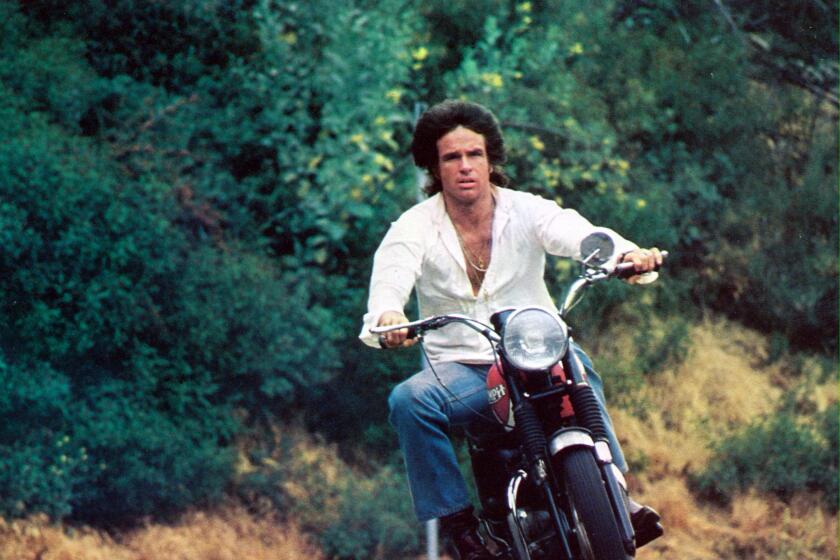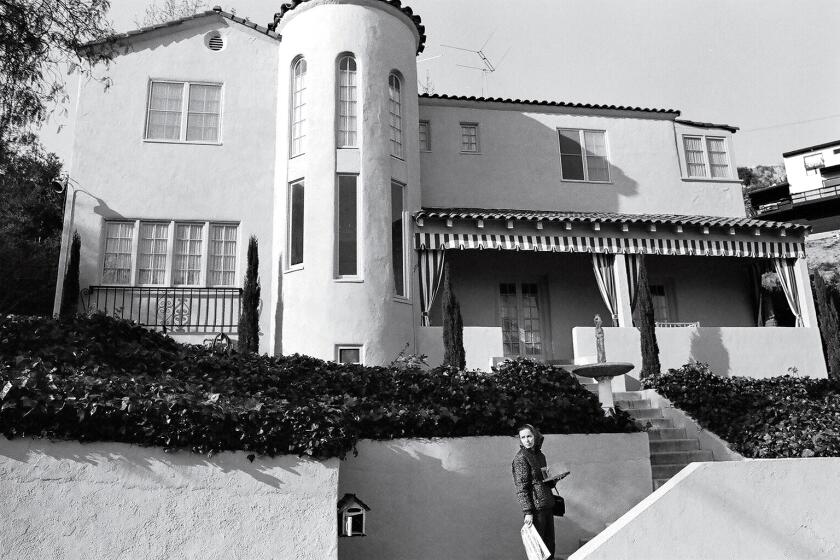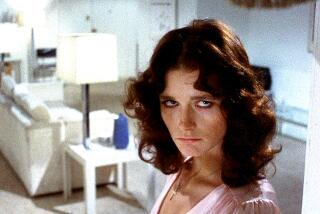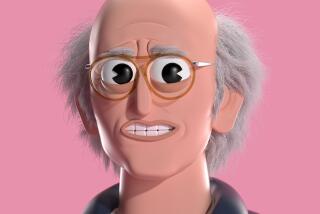Review: Cary Grant takes acid. Fiction ensues
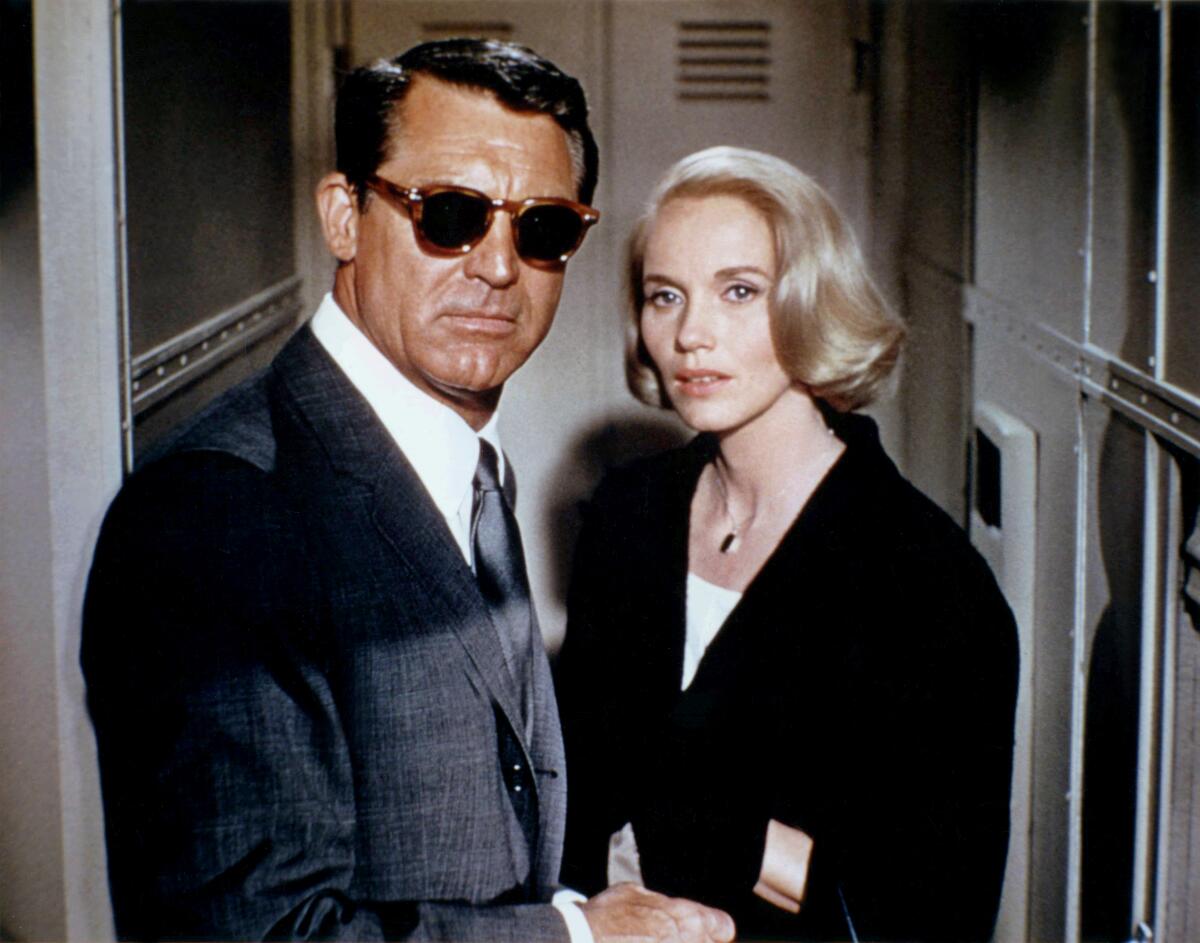
On the Shelf
The Acrobat
By Edward J. Delaney
Turtle Point: 280 pages, $18
If you buy books linked on our site, The Times may earn a commission from Bookshop.org, whose fees support independent bookstores.
John Updike once memorably described celebrity as “a mask that eats into the face.” As Edward J. Delaney’s biographical novel “The Acrobat” opens, it’s 1959 and Cary Grant is starting to believe that his handsome mug has been irreversibly chewed up.
“He’s always been convincingly false, as actors always are,” Delaney writes of his subject. But as Grant considers the tail end of his career, his identity crisis has grown acute. His persona is too dignified and dapper for him to return to the kind of screwball roles that launched him, like “Bringing Up Baby” and “The Awful Truth.” But gravitas eludes him too: He passed on playing Harry Lime in “The Third Man” and has low expectations for the Alfred Hitchcock thriller he’s just finished, tentatively titled “In a Northwesterly Direction.” Now, making “Operation Petticoat,” he’s being upstaged by Tony Curtis. That leaves him just one option, apparently: acid.
“The Acrobat” is framed as the story of Grant tunneling into his past via LSD, which he experimented with in the late 1950s with the encouragement of his third wife, Betsy Drake. The drug hadn’t yet been banned in the United States, nor even associated with the counterculture; acid trips were a bourgeois pursuit, much like the psychotherapy that guided Grant to the drug. (His LSD trips have made for irresistible cultural fodder of late: They play key parts in the 2017 documentary “Becoming Cary Grant” and the musical “Flying Over Sunset,” which ended a brief Broadway run earlier this year.)
“You become free of the usual discipline you impose upon yourself,” Grant once said of LSD, and Delaney emphasizes a character itchy to escape his gilded cage. While tripping, Grant reassesses his past: Chapters ping-pong across time from his vaudeville days to his childhood to the talkies to middle-age ennui, jumbling the narrative to evoke Grant’s search for a logical arc. It’s a clever way to structure a historical novel — and a more interesting way to write about LSD than making the language go all gluey and run-on. Delaney writes simply and beautifully about Grant.
Cary Grant! Who was ever like him?
Archibald Alec Leach had to put on masks early. He was a product of a broken home in Bristol, England — his alcoholic father told him his mother was dead, though decades later he’d learn she was institutionalized. Left to his own devices, he found the theater, first working as a stagehand and then as a vaudeville performer with a specialty in stilt-walking and physical comedy. (Hence the novel’s title.) In 1920 he heads to America, cadging an on-deck meeting with Douglas Fairbanks and Mary Pickford. Fairbanks offers a bit of advice that suggests the fragility of the actor’s persona: “Never touch your face.” Hint, hint.
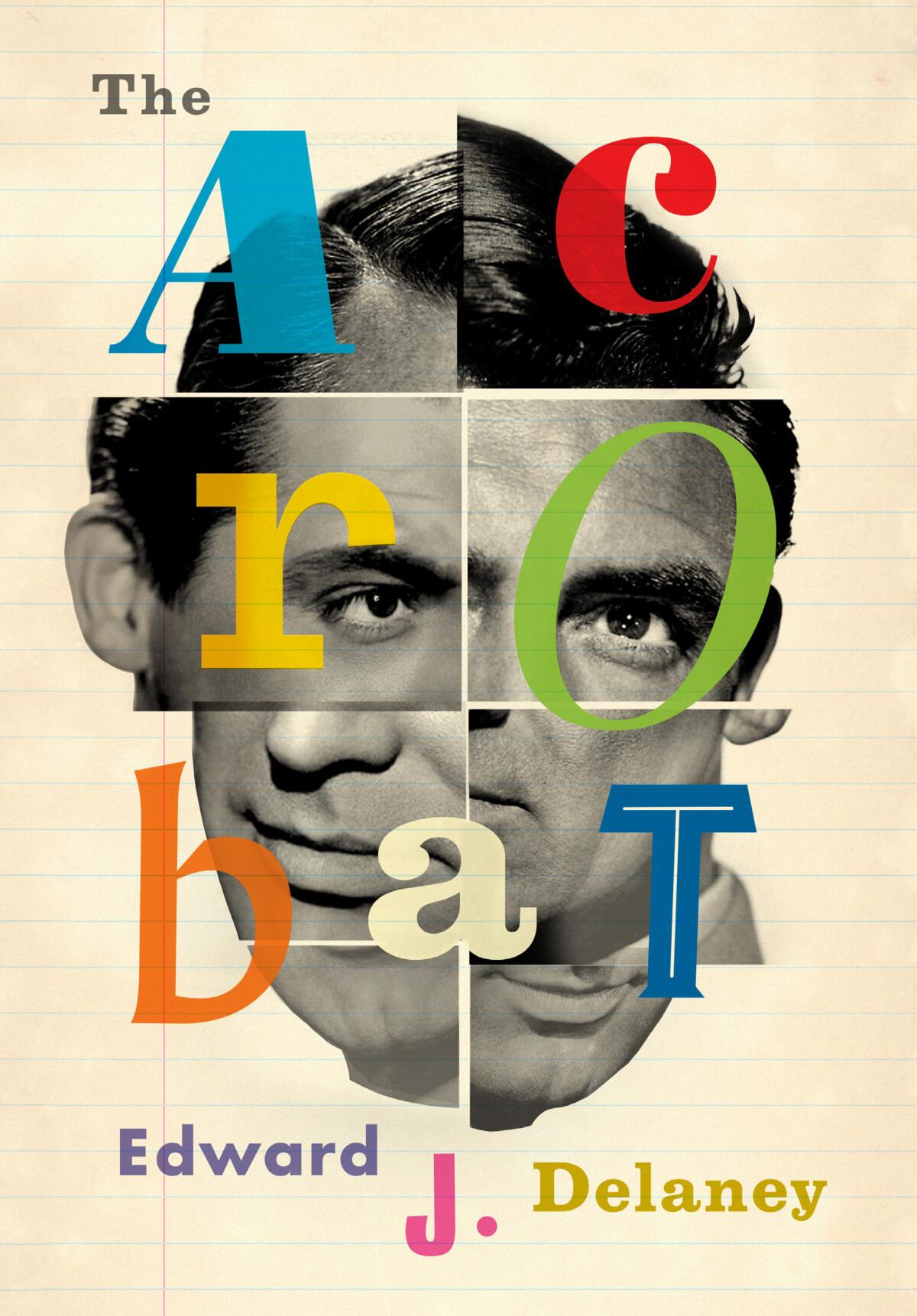
The star of “The Philadelphia Story” and “His Girl Friday” was chatty and smirking, but Delaney imagines Grant as careful and self-serious to a fault. In 1959 he asks a makeup artist friend to render him unrecognizable, to see if he can blend in. A trip to a diner, where a woman casually chats him up, suggests the idea is a success, but there’s only more confusion in the triumph. “Is he a fake, or does she see him at his most real?”
That same sense that he hasn’t resolved himself as a person clouds his screen work; Grant has cleaned mantel space “where his Oscars are supposed to go, until they never come.” It’s also true of his friendships, mostly with reclusive types like Howard Hughes and Greta Garbo. And it’s true in his melancholy marriages, which he’s accused of embarking on for money.
The novel’s dramatic plot, to the extent there is one, turns on Grant becoming reckless and snappish under the weight of all this: On a junket for “North by Northwest” he discloses his acid trips to a reporter. Publicists sweat bullets; suits and countersuits are threatened. But Delaney is more interested in Grant’s lack of fulfillment than its consequences. Doing vaudeville, he craves “feeling as if there’s someplace I really belong.” By the ’30s, “bigness became him,” but he knows he’s still on stilts. By the ’50s, he’s wise enough to recognize the trap he’s in: “He wants his own Hollywood ending, but the problem is he actually lives in Hollywood.”
Three new books — “Dream State,” “Hollywood Eden” and “Rock Me on the Water,” examine savvy pop-culture myth-making by and about the Golden State.
There’s no shortage of novels trafficking in exactly this kind of irony. The typical approach of the Hollywood novel is to mock its veneers (Nathanael West’s “The Day of the Locust,” Michael Tolkin’s “The Player”); to lament how it treats its stars (Joyce Carol Oates’ “Blonde,” Stewart O’Nan’s “West of Sunset”); or to reveal it as morally and criminally corrupt (James Ellroy’s “L.A. Confidential”).

Delaney, who’s written five earlier acclaimed works of fiction, is going after something subtler. He’s not satirizing Grant or Hollywood so much as crafting a character who’s effectively character-less. If Delaney clings overly much to his mask metaphors, he’s also sensitive to how those masks change, how hard they are to remove.
If he’d wanted, Delaney could have given his novel a cheerier, more Hollywood ending by looking beyond 1959. “North by Northwest” is eternally bolted onto lists of the best films ever. In 1963’s “Charade,” Grant got the line every actor craves: “Do you know what’s wrong with you? Nothing.” He received an honorary Oscar and spent his final years doing victory laps; he died while preparing for a Q&A with adoring fans.
But who could relate to that? “The Acrobat,” cannily, represents the dark side of the “stars, they’re just like us!” spreads in gossip rags. It’s constructed around the notion that we all navigate life with uncertainty, that perhaps one way we’re all like celebrities is that we all have masks too. “Only those similarly afflicted can see what is the better part of him,” Delaney writes — on the subject of fame. But in truth the affliction is being unsure of who we are behind our screens.
The glamour and the underbelly of the hippest party house in 1960s L.A.
Athitakis is a writer in Phoenix and author of “The New Midwest.”
More to Read
Sign up for our Book Club newsletter
Get the latest news, events and more from the Los Angeles Times Book Club, and help us get L.A. reading and talking.
You may occasionally receive promotional content from the Los Angeles Times.
